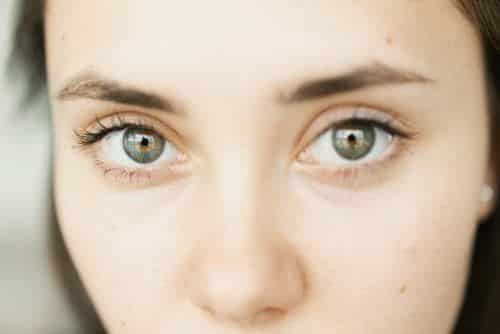Some eye and vision conditions are easy to recognize and treat, while others may be more subtle and prevent you from seeking help for your eye problems. If you are someone who struggles with eye and vision conditions already or are concerned that you might be, here are 10 common eye and vision conditions you should know about.
1. Dry Eye Syndrome
Dry Eye Syndrome occurs when your eye does not produce enough lubrication to nourish eye. It means that your eyes do not produce enough tears to function properly. This might happen because of your tear ducts, a problem with tear formation, a problem with your eyelids, or a side effect that arises because of a medication that you might be taking. Those who suffer from Dry Eye Syndrome will often experience pain and blurry vision. Most times, Dry Eye Syndrome can be treated with over-the-counter eye drops.
2. Hyperopia
More commonly known as farsightedness, hyperopia is a refractive error condition that allows you to see objects from far away clearly but makes closer objects look blurrier. Refractive errors occur when your eyeball is not shaped the right way to receive light as it should. Depending on how your eyeball is formed, it may not be able to bend light, causing a host of refractive issues. Luckily enough, the vision issue is the only problem with hyperopia, and you’ll feel no pain or discomfort with the condition. For all of the refractive errors in this guide, they can be treated with glasses, contact lenses, or laser eye surgery.
3. Amblyopia
Amblyopia is better known as “lazy eye.” When you have a lazy eye, it means that one eye has either lost clear vision or never fully developed a perfect vision in the first place. Eyeglasses and contacts may help this condition, but people with amblyopia never gain perfect vision.
4. Myopia
Myopia is a refractive error referred to as nearsightedness. Myopia is the opposite of hyperopia, and those dealing with this condition will be able to see closer objects more clearly while farther objects will appear blurred. Much like hyperopia, the only issue caused by myopia is imperfect vision. No pain or comfort is related to this vision issue.
5. Astigmatism
Astigmatism is a well-known vision condition that occurs as a result of a misshapen cornea or misshapen lens. Much like some of the previous conditions on this list, astigmatism is also a refractive error. However, astigmatism suffers from blurred vision because the light rays that do hit their eyes scatter unevenly. Astigmatism is also a condition that causes no pain or discomfort.
6. Conjunctivitis
Conjunctivitis occurs when the conjunctiva, a thin outer membrane on the outer part of the eye and the inner eyelid, becomes inflamed or infected. The causes behind this condition typically include allergies or either a viral or bacterial infection. The condition is very contagious and is often uncomfortable. Those who have conjunctivitis may experience itching, tearing, redness and irritation, and crusty discharge. Conjunctivitis is treatable using eye drops and antibiotics and may go away on its own without treatment.
7. Glaucoma
A normal eye contains the right amount of fluid to allow it to function properly. In a patient with glaucoma, the eye has too much fluid, and the pressure caused by that fluid damages the optic nerve. This damage then slowly ruins your peripheral vision and eventually your main vision. Luckily, you can keep your vision if you catch it early and monitor the pressure within your eye.
8. Cataracts
People who have cataracts experience cloudiness within the lens of their eyes. This cloudiness can eventually cause blurry vision and may even change the way colors look. This condition is typically seen in older individuals and can be treated with surgery, which will replace the affected lens with an artificial lens.
9. Presbyopia
Presbyopia is a condition that is similar to hyperopia. Patients with presbyopia begin to lose the ability to see objects closer to them as they age. This condition is an individual who has no control over but can treat just as easily as hyperopia.
10. Computer Vision Syndrome
These days, most people use electronics consistently, which makes them extremely susceptible to Computer Vision Syndrome or Digital Eye Strain. This condition occurs when someone stares for too long at any electronic device. The symptoms that arise from this condition include headaches, dry eyes, eye strain, blurred vision, and neck and shoulder pain. The symptoms can be reduced with proper technique and special glasses.
Eye and vision problems are serious issues. If you believe that you suffer from one of these conditions or think you suffer from one of the many other eye and vision conditions, reach out to eyecare center Jackson Davenport to learn more about what you’re dealing with what they can do for you.

